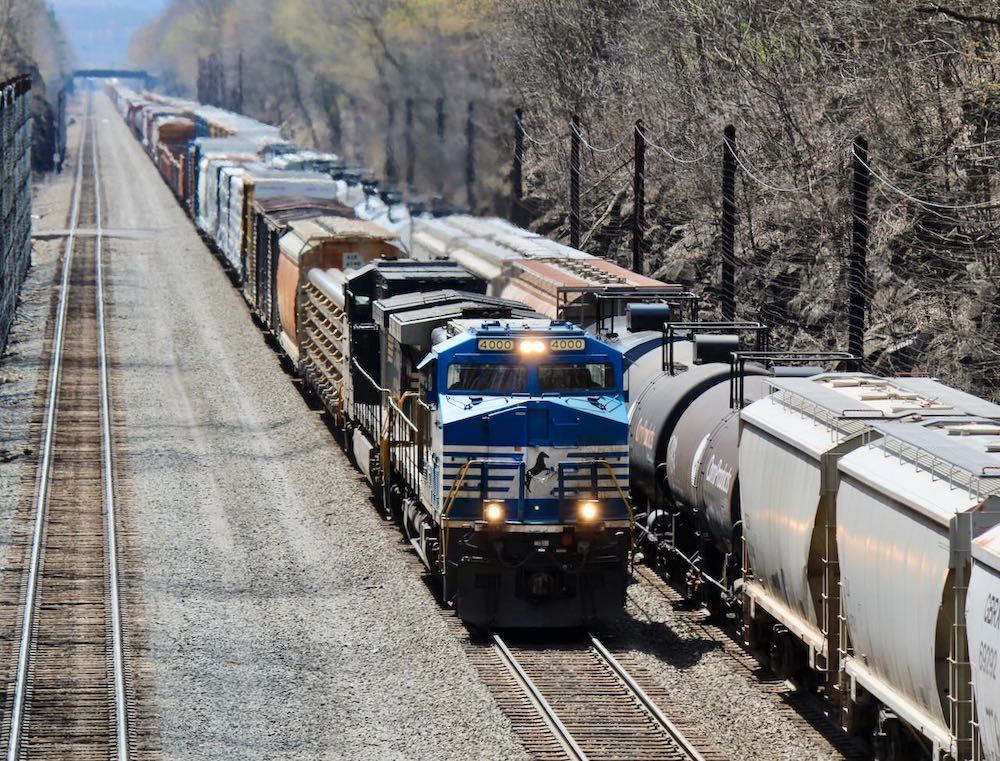
The chief executives of CSX Transportation, Norfolk Southern, and Union Pacific say their railroads are on the mend as more newly hired conductors enter active duty, operations are slowly improving, and freight demand remains strong.
All three railroads are trying to hire conductors as quickly as possible to help ease crew shortages that have gummed up key segments of their systems. The congestion has boosted the number of trains requiring recrews en route, which in turn only increases a railroad’s crew needs to move the same amount of freight.
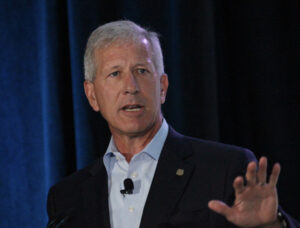
“One of the most important things that we’ve done is we’re using our crews much more efficiently,” UP CEO Lance Fritz told an investor conference on Wednesday. “Recall that the big causal factor for us for the kind of congestion we saw in April … was both crew availability and crew utilization. I’m really pleased to announce that our recrew rate, which had been 11-plus percent in April, is down to about 7 to 7.5%, which generates crews all by itself.”
And that has helped UP’s key operating metrics improve, from average train speed and terminal dwell to on-time performance, Fritz says.
UP is on pace to meet its goal of hiring 1,400 new conductors this year and largely has crew bases at planned levels. But hiring remains difficult in a handful of areas on the northern tier of the UP system, such as Boone, Iowa; North Platte, Neb.; and Green River, Wyo., Fritz says. In those locations, UP is filling gaps with “borrow outs,” or conductors who were willing to temporarily relocate.
“We’re in pretty smooth sailing for the rest of the fall and I expect continuous improvement in terms of increasing car velocity, improved utilization of crews, and improved car per carload metrics,” Fritz says.
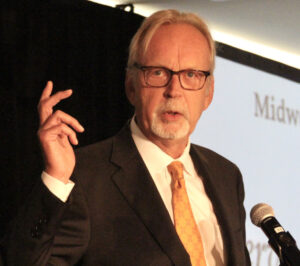
CSX remains behind where it thought it would be in returning to full train and engine crew staffing levels, CEO Jim Foote says. But CSX currently has 6,800 active engineers and conductors and should reach its goal of 7,000 active crew members by year’s end, Foote adds.
The only barrier to reaching the goal, he says, would be another COVID-19 variant that increased infections and reduced crew availability.
“We’re gradually, gradually improving. Service metrics show it. Velocity shows it. Dwell shows it. On-time performance shows it,” Foote says. “It’s a grind. It’s been really tough. But we’re continuing to show progress.”
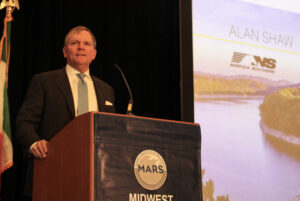
NS CEO Alan Shaw says the railroad’s qualified conductor ranks have grown by 275 since the end of the first quarter. The railroad has 923 conductors currently in training, and the number of active crews is up 4% and is nearly at last year’s levels, Shaw says.
Service is improving as a result, with merchandise on-time performance rising to 67% as of Sept. 2 compared to a low of 48% in early May. Shaw attributes the improvement to aggressive hiring, new vice presidents of transportation and network planning, as well as the railroad’s new operating plan.
“Demand for our product is exceptional right now, and it exceeds our capacity,” Shaw says. “As we speed up our network, which we have started to do, we have more capacity in our network and can take advantage of the volume opportunities.”
NS expects to see volume growth in the fourth quarter of this year as operations improve.
Crew attrition levels remain higher than usual in some key locations on the NS network, including Fort Wayne and Elkhart, Ind.; Cincinnati; and Louisville, Ky., all of which have historically low unemployment levels, Shaw says.
A new labor contract will help the railroad recruit and retain train crews, Shaw says.
The executives spoke at the Cowen Annual Global Transportation & Sustainable Mobility Conference.
Separately, BNSF Railway on Friday told its customers that operations are improving, as well.
“BNSF’s aggressive service recovery efforts are generating improved network performance as we move into September,” the service advisory says. “Average car velocity increased versus the prior week and exceeded last month’s average by nearly 6%. Our best single-day velocity of the year was achieved multiple times this week. In line with our total volume increasing for the fourth straight week, we also had our best performance in carload delivery in August for the year. Local service compliance also increased versus the previous week, and terminal dwell improved by over 7% versus the prior month.”
But the railroad said it continued to deal with congestion at inland intermodal terminals – particularly in Chicago, Fort Worth, and Kansas City – due to slow street turn times for containers and chassis. This, in turn, has led to “extremely high dwell times” at the three terminals, the railroad said.
“With elevated inventories resulting from the slow pick-up of shipments, we remain focused on evaluating and implementing additional measures to drive greater efficiency and productivity. This may require the additional metering of some intermodal freight originating out of Southern California,” BNSF said.







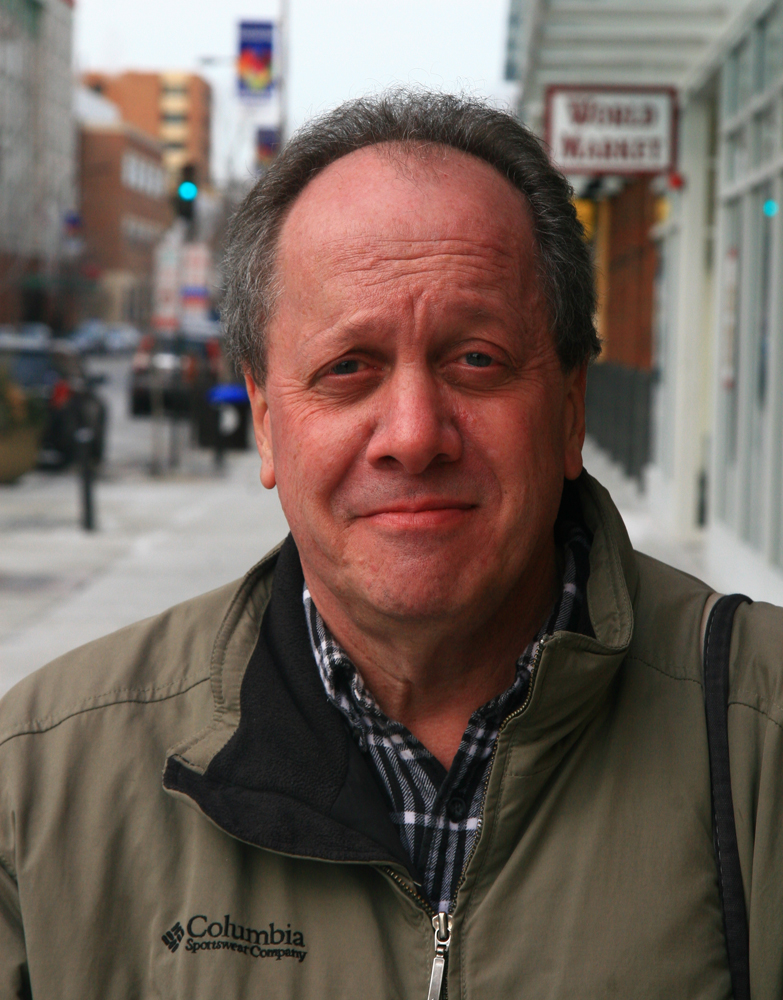
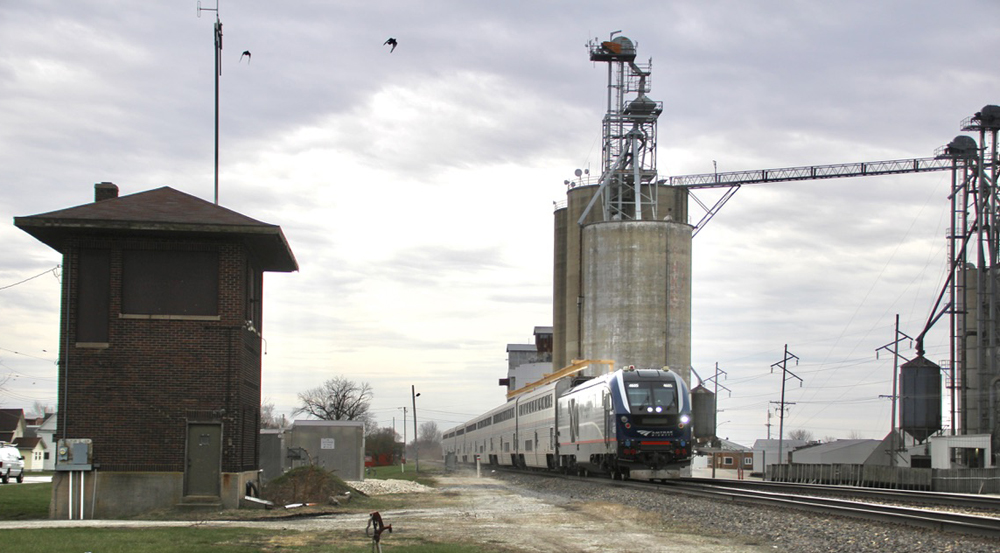
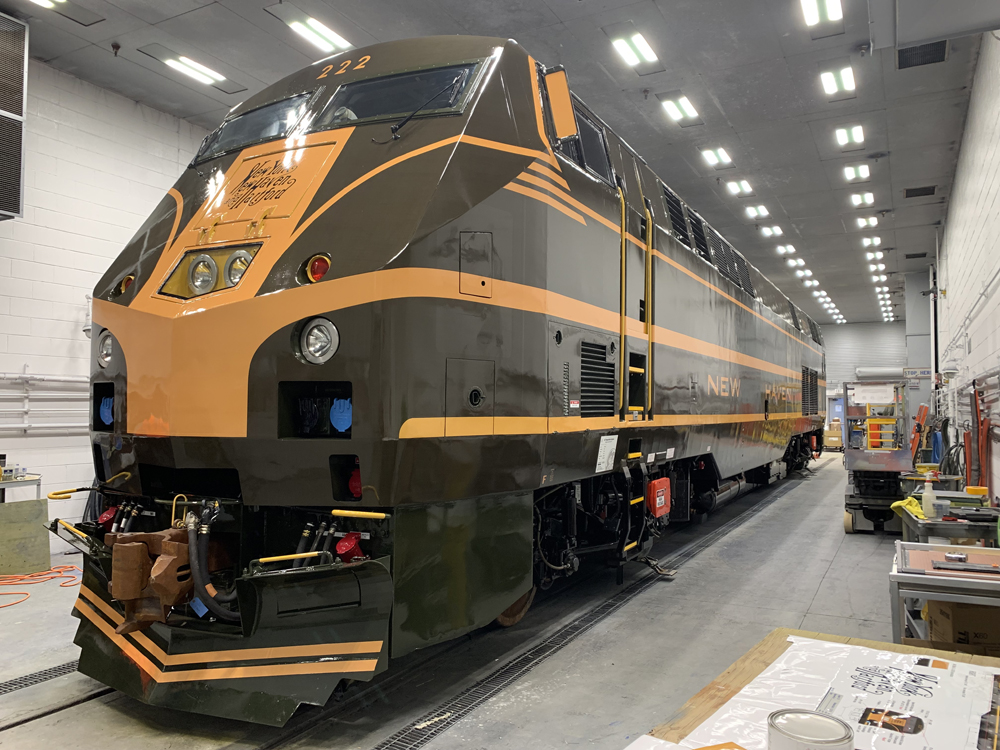




Let’s hear some comments from the shippers; that will tell the REAL story about service “improvements”.
get rid of PSR and the wall st worshipping CEOs and most of the problem will fix themselves. and don’t forget, it wasn’t covid that caused this mess, it was PSR and wall st.
The beatings will continue until morale improves.
Perhaps if the various boards changed the CEO metrics from $$$ to $ervi$e, the situation might change.
This is just CMA. It is a failure at the top. It’s always someone else’s fault. Maybe the executives should train as engineers and conductors and help out. PSR…Pretty Sh**ty Railroading. Why can’t they schedule freight trains like passenger trains? you miss the train you wait for the next one. leave at a scheduled time.
‘A new labor contract will help the railroad recruit and retain train crews, Shaw says.”
Unless you guys get you wish for one man crews. Then all of those new hires will be gone as well as many veterans.